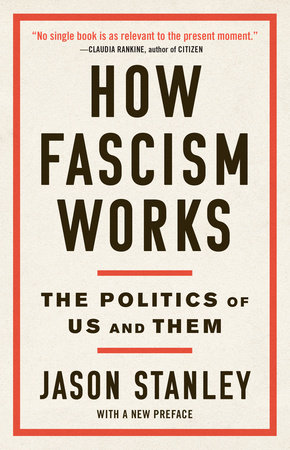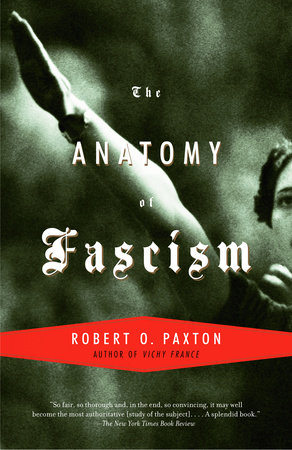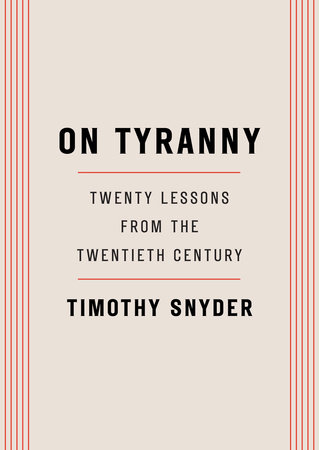Best Books to Understand Fascism and How It Works
Studies of fascism — and the different forms of fascism that came to power in Italy, Germany, Spain, Hungary, China, Croatia, Vichy France, Japan, Portugal, Brazil, Chile and others — have allowed political scientists, philosophers, historians, and sociologists to identify common elements of fascist politics. These characteristics vary in number, depending on which thinker is identifying them, but many of the same traits show up on all theorists’ lists. In Jason Stanley’s How Fascism Works, for instance, these include: the heralding of a mythic past when the nation was in harmony with its ideals; a reliance on propaganda to disseminate government information that is often a refutation of facts; anti-intellectualism that attacks rational thought as being out of touch with genuine emotional knowledge; hierarchy; a sense of victimhood that sees enemies both internal and external; an emphasis on law and order to protect citizens from undesirable elements; the control of language; sexual anxiety that the group at the top of the hierarchy is being weakened by “abnormal” sexuality and low birth rates; fear of homosexuality and of women; and a belief that hard work is the key to success.
In the works collected here, authors approach fascism from a variety of perspectives. Further elucidation of the elements of fascism are contained in the first five works listed here. Included in the fiction list are novels set against a fascist background that increase the reader’s knowledge about how fascism operates on multiple levels in those countries where fascists have taken power.
-
1
Paperback
$18.00Buy from Other Retailers:
-
2
Paperback
$18.00Buy from Other Retailers:
-
3
Paperback
$12.00Buy from Other Retailers:
-
4
Paperback
$17.95Buy from Other Retailers:
-
5
Paperback
$18.00Buy from Other Retailers:
-
6
Paperback
$24.00Buy from Other Retailers:
-
7
Paperback
$18.00Buy from Other Retailers:
-
8
Paperback
$15.95Buy from Other Retailers:
-
9
Paperback
$18.99Buy from Other Retailers:



















